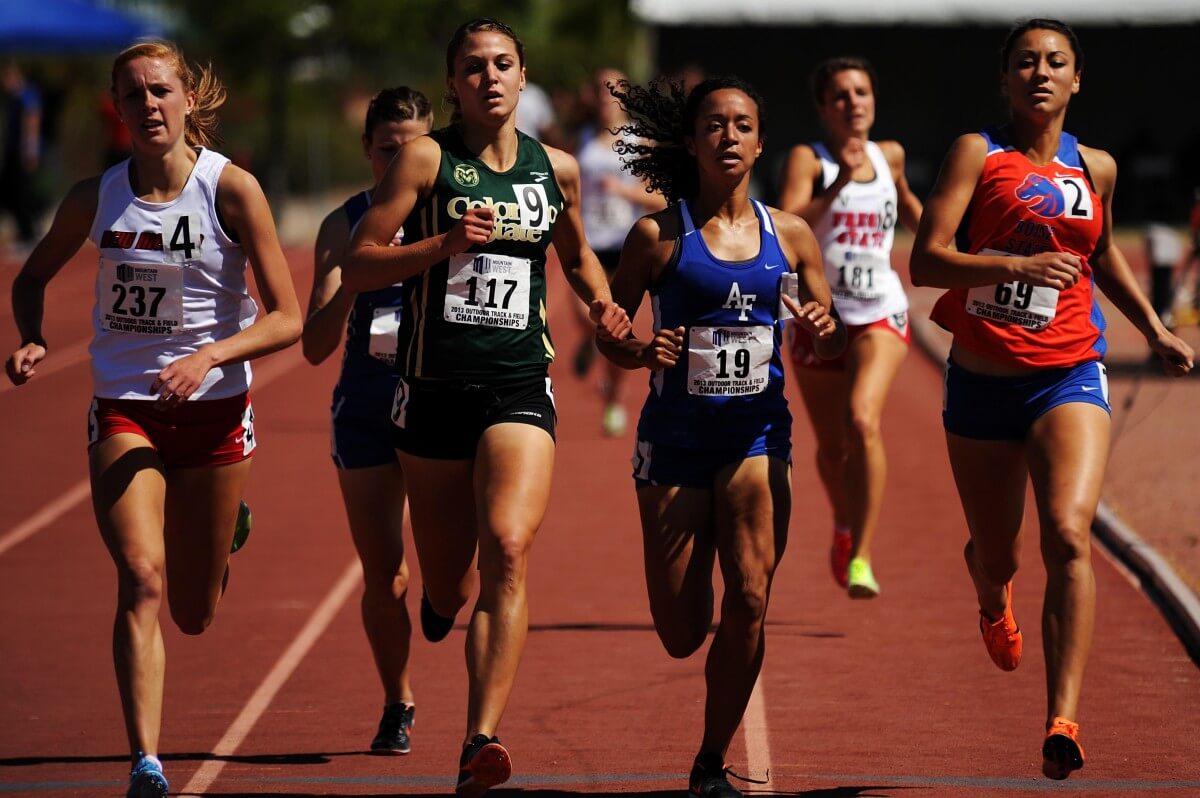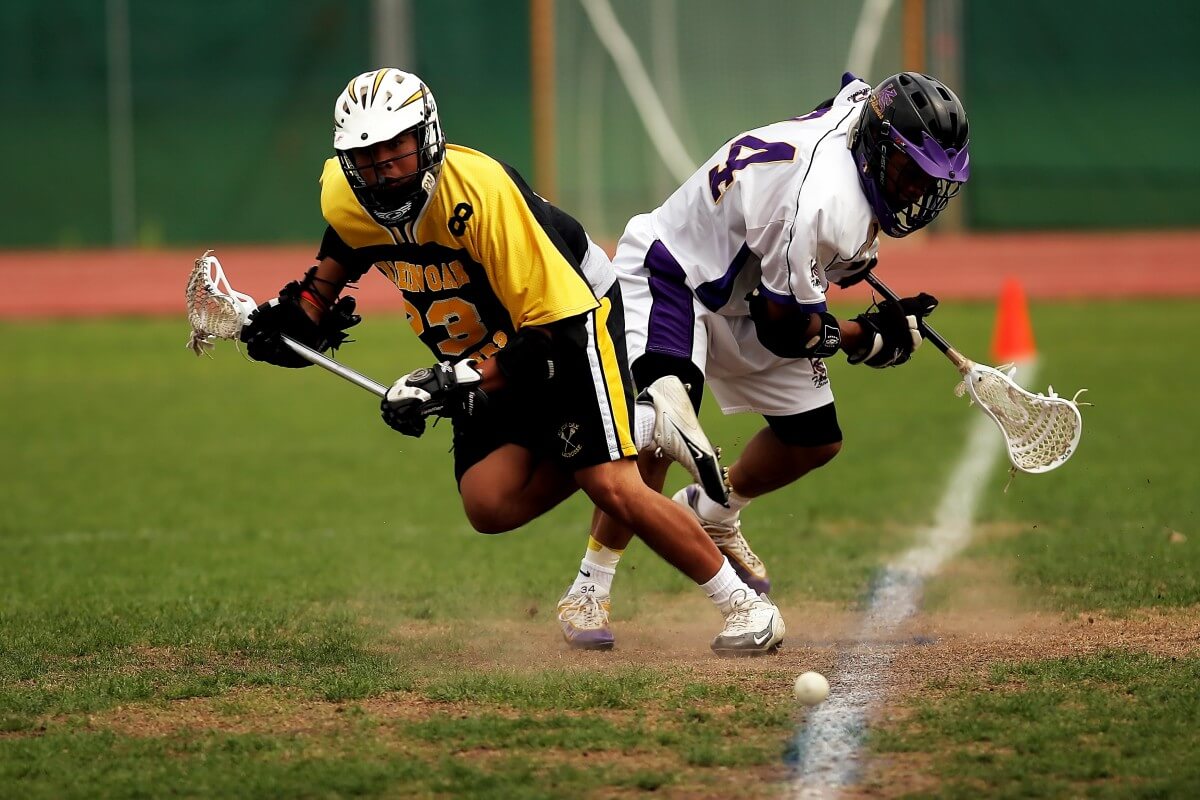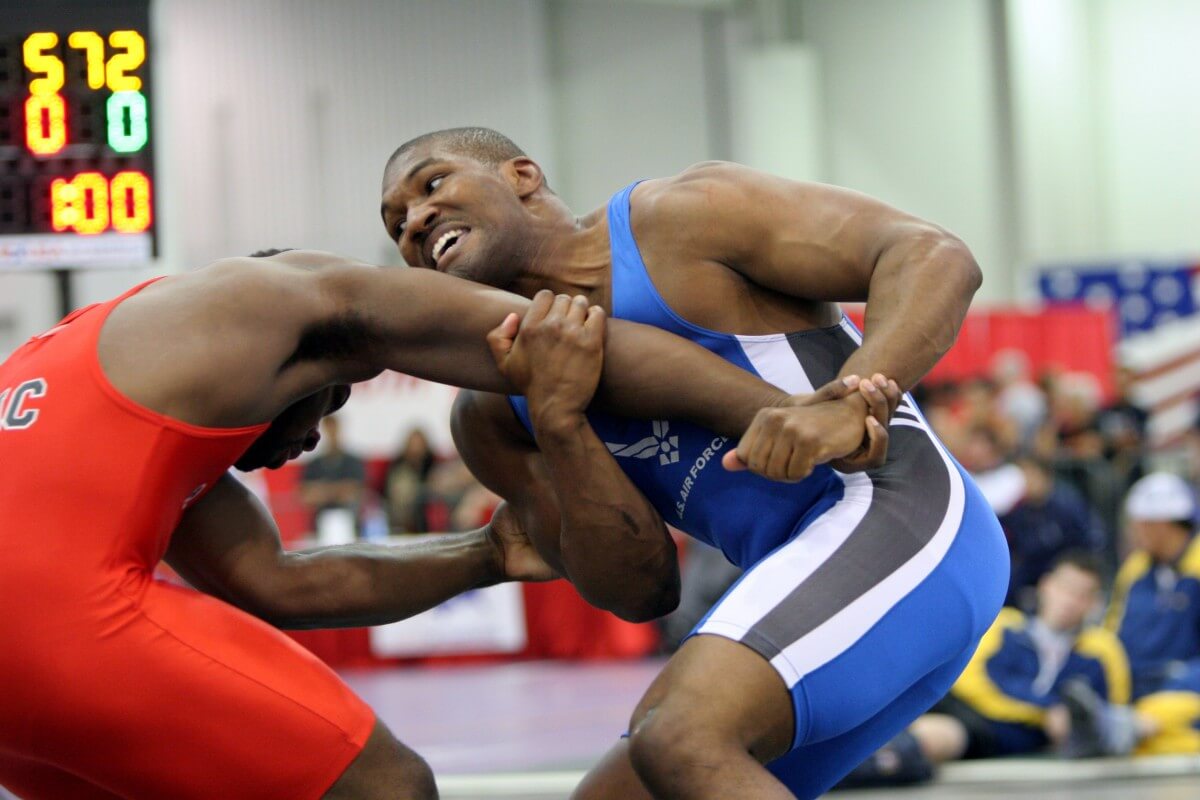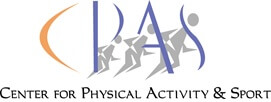
Sport Psychology in Action: 4-Part Article Series Connecting Research to Practice
The greatest athletes in the world all have clear-cut goals and excel at having a process to achieve them. As a coach, you want your athletes to be at the top of their game consistently and it is important that you take the correct measures to foster an environment that will give them the proper mindset to excel in their sport. By understanding and using Achievement Goal Theory (AGT), you can help athletes pursue the most appropriate goals and guide them on a path to success.
AGT identifies two major factors that will determine the motivation levels of an athlete. These factors are an athlete’s goal orientation (i.e., task-orientation and ego-orientation) and the motivational climate you create (i.e., mastery or performance climate). An athlete’s goal orientation focuses on how athletes judge their own success in sport and competition. Task-oriented athletes focus on the process of improving their ability and overall sport competence, while ego-oriented athletes focus primarily on the end result of competition as a way to judge their own abilities. Related to an athlete’s goal orientation, but with a specific focus on the sport environment, the motivational climate signals what is valued and emphasized during practices and competitions. A mastery motivational climate centers around an athlete’s learning, effort, and self-referenced competence, while a performance climate is centered on performance outcomes, trying to avoid criticism, and receiving praise.

When attempting to make our athletes the greatest they can be, we want to focus on fostering an environment of mastery. Guide your athletes to focus on mastering their task, learning from their errors, working cohesively with teammates, and always giving their best effort. A coach-created mastery climate will drive athletes to be task-oriented rather than ego-oriented. Ego-oriented athletes experience negative outcomes in sport, especially when outcomes are not in the athlete’s favor. When an athlete loses and they base their success solely on whether they won or lost, athletes are susceptible to anxiety, frustration, and in some cases, even quitting the sport. To retain athletes and make sure their sport experience is optimized, it is important as a coach to create a mastery climate. This is not only important for sport performance, but also in a more global manner. In a study on elite youth soccer players, researchers found that a mastery climate increased athlete self-esteem outside of sport (Adie, Duda, and Ntoumanis, 2010). Thus, coaches should use strategies that optimize mastery goals to help athletes develop both in and outside of sport.

There are several ways in which you can help create a mastery motivational climate and help your athletes develop a task goal-orientation. Below are three ways to drive your athletes to become more task-oriented and masters of their craft.
Goal Setting. Have your athletes create goal sheets that include long-term and short-term goals, and both athletic and personal goals. Ideally, guide your athletes to have goals focused on improvement rather than solely competition-based goals (like winning championships). This focus will provide a clearer vision for the athlete to accomplish these goals, as well as let athletes know that the coach has his/her back in accomplishing them. In addition to setting them, individually review goals with each player throughout the season to determine ways they can accomplish them.
Positive Reinforcement. Constantly express your belief in your players’ abilities through your words and actions. Simple comments such as “I’m excited about your contributions to our team” and “I really notice the effort you’re putting in during that drill” are easy ways to reinforce athletes. If athletes have a higher perceived ability level because of consistent positive verbal reinforcement, then they will have greater confidence and perform at higher levels. Another form of positive reinforcement is to recognize and reward players for their personal improvement. This reinforcement can take the form of a material item, a one-on-one meeting to discuss how you are proud of their efforts and excited for this player’s improvements, or whatever you deem fit to reward the athlete. Giving your athletes more playing time or increased opportunities within competition is a great way to show your belief in them as well. Remember in this recognition, personal improvement and mastery need to be emphasized by the coach to ensure the athlete’s focus is on their own performance and not those of peers or opponents.
Focus on Growth. In team sports, include but limit the level of performance climate you implement in your practices. One-vs-one drills are a great example of a performance climate activity that can be an important part of the sport environment. However, these types of activities should not be the only major focus of practice. While competition is great for pushing athletes and building motivation, it can be detrimental if it is the primary focus of practice too often as some players may take the focus to mean that the only thing that matters is winning instead of improving their own skills. Utilizing a mastery climate where the focus is on growth, effort, working together, and skill development is much more beneficial in a team environment. Spend a liberal amount of time focusing on the fundamentals of the sport, team cohesion exercises, and other things that highlight team and personal improvement. Make sure your athletes recognize that you measure progress by a state of constant improvement and their ability in mastering a skill or task.
Put in the time and effort in creating a mastery climate with your athletes and team, and you will find yourself with a team that judges their progress on improving and mastering their task. This will drive them whether they are the most skilled or least skilled on your team.
References
Adie, J. W., Duda, J. L., & Ntoumanis, N. (2010). Achievement goals, competition appraisals, and the well-and ill-being of elite youth soccer players over two competitive seasons. Journal of Sport and Exercise Psychology, 32(4), 555-579.



